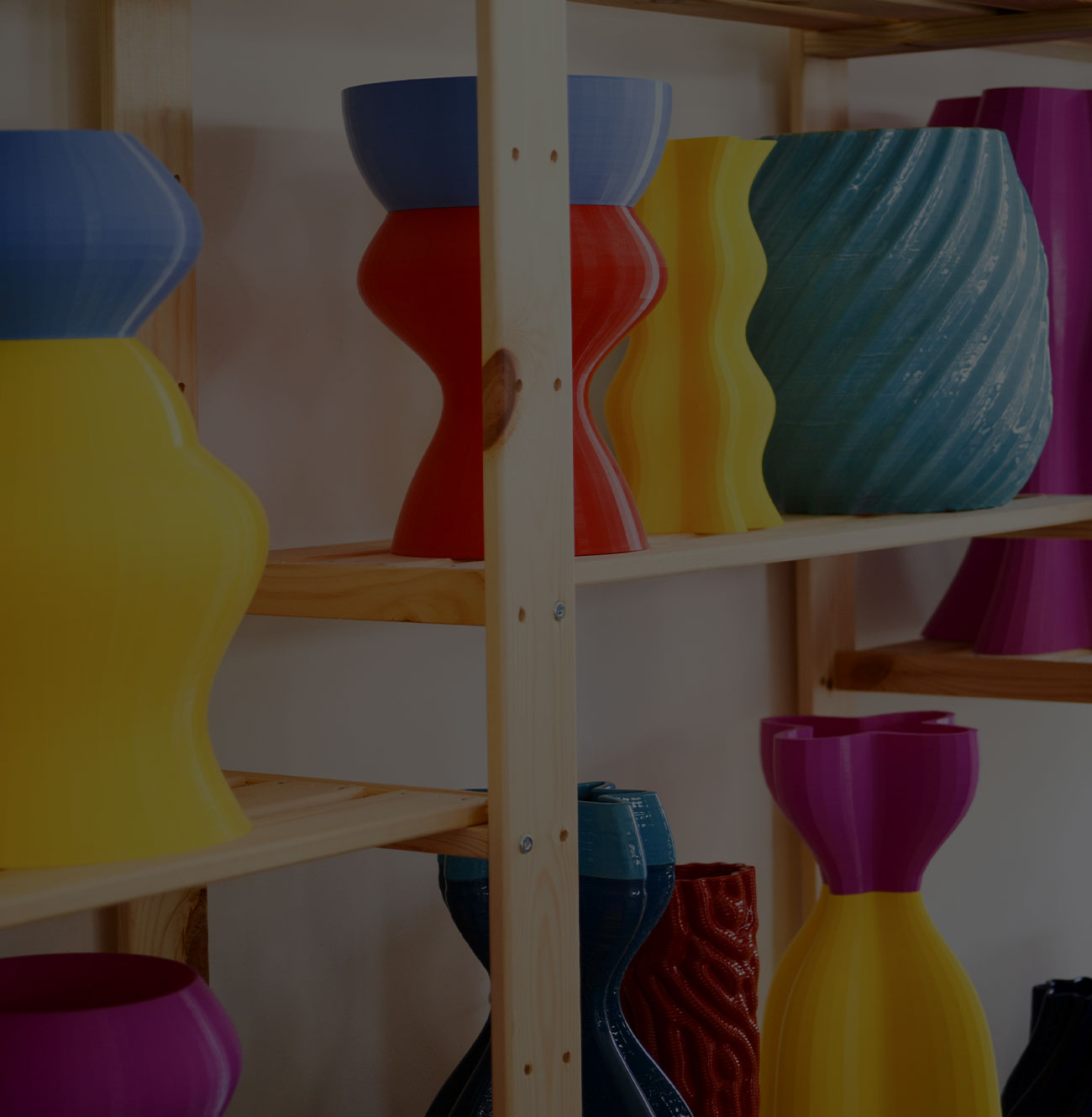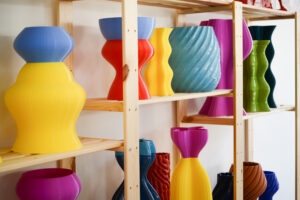
3D AND ITS PERSONALITIES!
There has already been a diatribe for a number of years regarding new and more current technologies to be included in ceramic and craft production processes. As the Experimental Ceramic Center for some time now, in collaboration with the Montelupian startup Creators of Emotions, we have been developing the technologies inherent in 3D printing for ceramics. But the discussion still revolves around how such technology can integrate with the traditional craft system without affecting the essence of current production, which is mainly made up of specialized craftsmanship.
As always when the time comes to move forward and make a leap forward-in this case, a technological leap-this triggers deep divisions that are expressed in opinions that are often not very thoughtful and, at times, very little in depth.
On the one hand there are those who see the development of new technologies as inappropriate, thinking that this may erase the tradition and history of what has been, and on the other hand there are those who share a future vision also made and supplemented by machines that can give greater impetus to productions without taking away the essence of creativity and craftsmanship.
INNOVATION COMPARED
For a serious analysis, it must be stated flatly that in these cases moments of history that have already been lived through and that even if outdated are now accepted by all must be retraced. The motivations of how certain results were arrived at that even at certain times seemed unsuited to the productions in place must be understood ... and perhaps to let go of the fear associated with the unknown. To give an example, the advent of photography, which occurred almost two centuries ago, did not erase painting and graphic art, at most it changed the conception of it that was predominant until then, developing other techniques and new artistic approaches.
Photography, once enshrined as a new expressive and artistic medium, found its own spaces by placing itself on a parallel track with painting. It gradually replaced portraiture and landscape painting, which became subjects within the reach of the general public. Creativity was not affected, however; it remained intact, however, developing other expressive possibilities. That said, there are also painters of the highest caliber, such as for example Pietro Annigoni, who have continued to portray great figures making them immortal, if they had not already been, instead still resorting to the pictorial tradition, without the aid of photography.

In this regard, it should also be mentioned that the incorporation of technologies, perhaps mechanical, into the craft sector has already been taking place for at least 80 years. The transition from the pre-industrial, purely manual type of ceramic production system to the industrial one has brought many technological innovations that have been slowly introduced into the handicraft production as well. Suffice it to mention that the processing and preparation of clays or colors and vitrifying agents, as early as the 1960s, underwent complete industrialization.
Today, almost no artisans prepare the clay or colors for their crafts, but buy them directly from industry. And this is also the case for some processes that have replaced full manual craftsmanship, such as the modine for molding plates useful even for those not skilled in lathe work, rather than the die for making handles or the press for vascular production. These are all aids that actually speed up the timing of production processes by decreasing the percentage of purely manual processing. Granted all this, no craftsman today thinks that his or her handiwork made with the modine or the press are not "handmade" or take on the appellation of "handmade product." They have undergone mechanical processes that allow for easier production, but fundamentally they remain handcrafted artifacts based on creativity and craftsmanship.
3D: INNOVATION AT THE SERVICE OF TRADITION
In this sense, 3D printing brings a new concept to the ceramic craft sector, without taking away from the creativity and craftsmanship of the product. The printing is done through digital computer-aided design, which allows for very high levels of potential, even with shapes and textures that would not be feasible and replicable with other processes, unless using much longer production times and with much higher costs.
So it is always appropriate to take a realistic view when so-called "innovations" appear in history and not reject them out of hand or because one does not fully understand the potential. For that is what it is all about.
Innovation is made up of new production methods and processes that save resources and energy, but do not alter creativity and craftsmanship at all. The computer has not altered creative writing, but it enables much faster and more profitable text production. Or does it? If someone does not think so, they can always buy their typewriter back.
2 Comments
-
Charles Holland
Malesuada fames ac turpis egestas enas pharetra convallis. Cras pulvinar mattis nunc sed blandit.


Aiden Moore
Egestas sed sed risus pretium quam vulputate dignissim suspendisse in. Pharetra sit amet aliquam id diam maecenas ultricies mi.